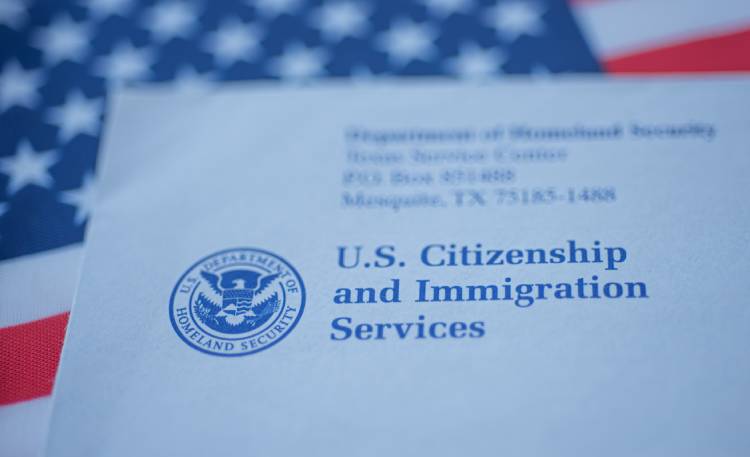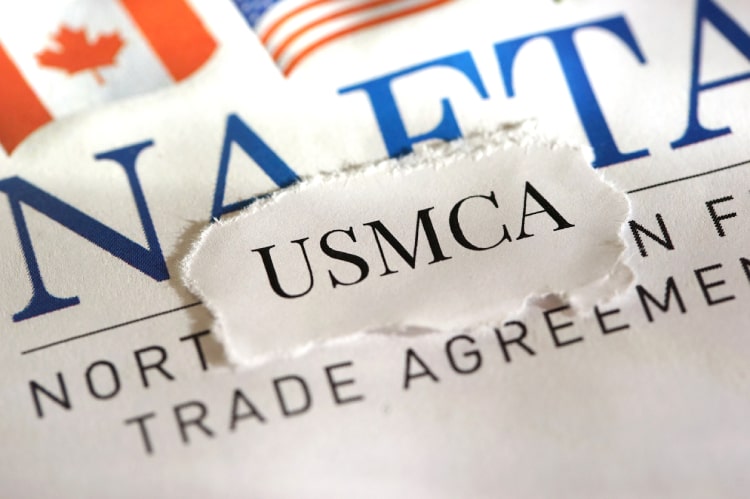Understanding U.S. immigration law involves various rules and regulations, including the USCIS’s last action rule. This principle can significantly impact the outcome of visa petitions. We discuss the USCIS’s last action rule and how it can impact immigration below.
Citations
We Can Help!
You may have questions regarding a U.S. Immigration Matter. We invite you to contact our team at Richards and Jurusik for detailed guidance and assistance. We aim to provide the most accurate and up-to-date information to make your immigration process smoother and less stressful. The immigration lawyers at Richards and Jurusik have decades of experience helping people to work and live in the United States. Read some of our hundreds of 5-star client reviews! Contact us today to assess your legal situation.






